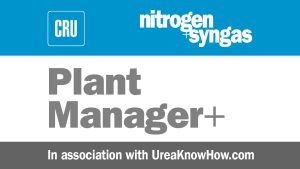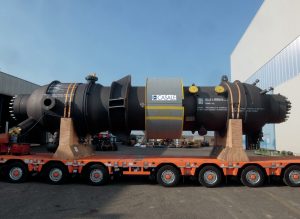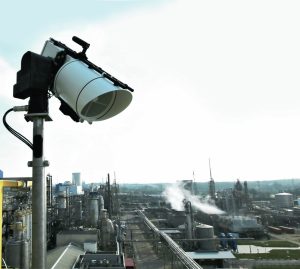
Handling leaks in urea plants: part 1
Leaks in the high-pressure synthesis section of a urea plant may lead to catastrophic consequences. In 2017, building on an incident database set up by UreaKnowHow.com, AmmoniaKnowHow.com and UreaKnowHow.com introduced FIORDA, the Fertilizer Industry Operational Risk Database, a global open source risk register for ammonia and urea plants.






